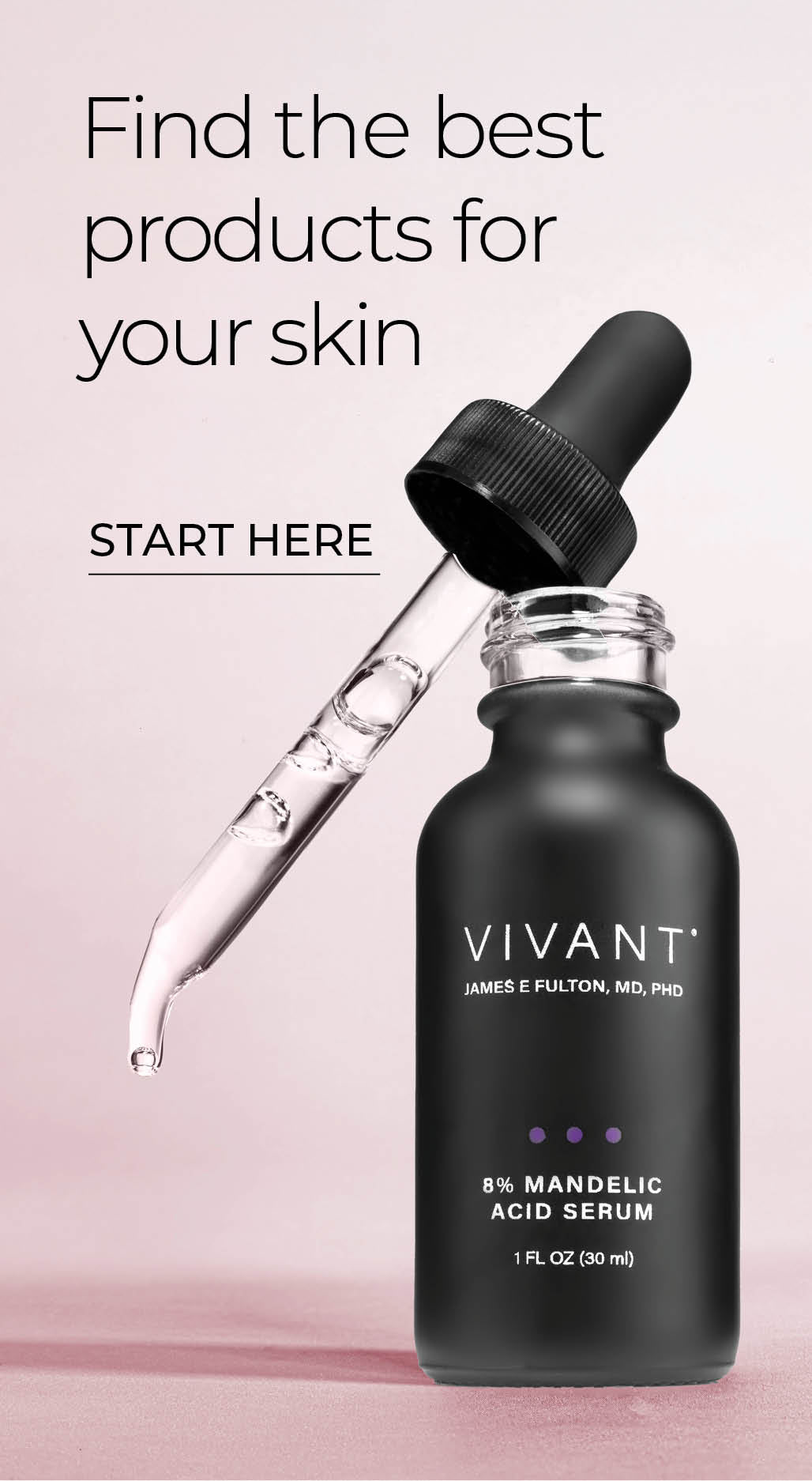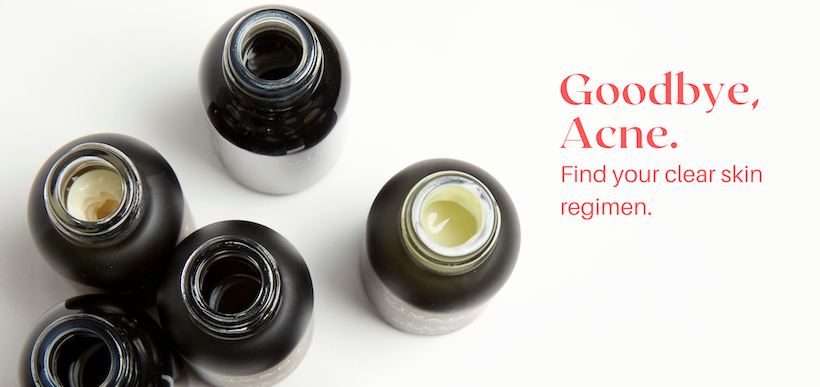Does Exfoliating Promote Even Tone?

Clearing dead skin cells? Check. Unclogging pores? Check. Enhancing product absorption? Check. Reducing excess pigment? Check. Oh, did you not know that exfoliation can help break up pigment to fade discoloration? Friends, exfoliation is essential to radiant skin, including a consistent, even tone.
Melanin is the skin’s natural protective factor. When there’s injury to the skin, melanin production ramps up creating deposits of excess pigment (post-inflammatory hyperpigmentation or PIH). Dark spots, hyperpigmentation, melasma, even discoloration left by acne are all forms of excess melanin. Exfoliation helps to reduce the excess melanin by breaking up the pigmented cells and sloughing them off.
What is exfoliation?
Exfoliation is the process of clearing away the upper layers of dead skin to accelerate cell renewal. You can do this either with physical agents—granules, a scrub, a brush, a buffing pad—or chemical means—retinoids, alpha hydroxy acids, enzymes, or peels. The best approach involves both.
What’s the right way to exfoliate?
First, remember the goal is not to scrub your skin raw. Gentle exfoliation is the goal. You accomplish it with products that work to accelerate your skin’s own natural processes. The natural cycle of cell renewal, in which cells are generated, rise to the surface of the skin, die, and are sloughed off, takes about thirty days. As we age, that process slows, and pigment accumulates. Proper exfoliation gently speeds cell turnover and helps remove excess pigment in the process.
Start with a scrub with smooth round beads and micro-exfoliating acids, such as mandelic acid, glycolic acid, or salicylic acid. Vivant’s Mandelic Acid 3-In-1 Exfoliating Cleanser is an excellent choice for all skin types, including darker tones prone to hyperpigmentation.
If you have dry or sensitive, you may prefer to use a scrub only once or twice a week. Buffing Grains Exfoliating Cleanser can turn your favorite wash into a scrub whenever you need an exfoliating boost.
Your toner plays a bigger role in this process than you might imagine. Refining pores and clearing away dirt and makeup are minor roles in a toner’s resume. A toner’s main activity is loosening and lifting dead cells to clear the way for better absorption of corrective serums.
Use a toner with a mix of acids and nourishing ingredients to clear debris, balance, and restore. Daily Repair Pads are a good choice because of their mix of exfoliating and brightening acids—mandelic, salicylic, and lactic acid—plus their textured surface, which provides mild physical exfoliation.
Retinoids (vitamin A) are your first stop when choosing a serum for accelerating cell turnover. Vivant’s patented vitamin propionate speeds the skin’s natural 30-day cell turnover cycle to about 14, disrupting the transfer of pigment to skin cells and breaking up surface pigment.
For skin new to vitamin A, try Vivant’s Derm-A-Gel® daily vitamin A therapy with brightening kojic and lactic acids, plus nourishing niacinamide.
Oily skin, or skin already acclimated to vitamin A, will benefit from Exfol-A™, which combines vitamin A propionate with an exfoliating and brightening acid cocktail of glycolic, kojic, and lactic acids.
For darker skin tones and other sensitive types, mandelic acid’s larger molecular structure and slower absorption rate minimize irritation. Mandelic acid is also a natural brightener. Vivant’s 8% Mandelic Acid 3-in-1 Serum is a great place to start.
For a more advanced treatment, turn to Bleaching Cream. This high-performance formula combines the melanin-inhibitor hydroquinone with an exfoliating blend of acids and vitamin A propionate.
Boost your results with Spin Trap Antioxidant Serum, which harnesses the power of vitamins C and E to brighten and promote renewal and repair.
How long does it take?
Pigment is rooted deep in the skin, which means the process is not fast. It has to travel up to the surface to be sloughed away layer by layer. That’s why accelerating cell turnover is critical. Keeping brightening agents like vitamin C, mandelic acid, kojic acid, niacinamide, and hydroquinone in the mix in conjunction with exfoliation will help fade pigmentation faster. It usually takes four to six weeks to begin to see results. Use your products consistently and protect your skin from the sun with a daily moisturizer. UV exposure stimulates melanin production!


Comments